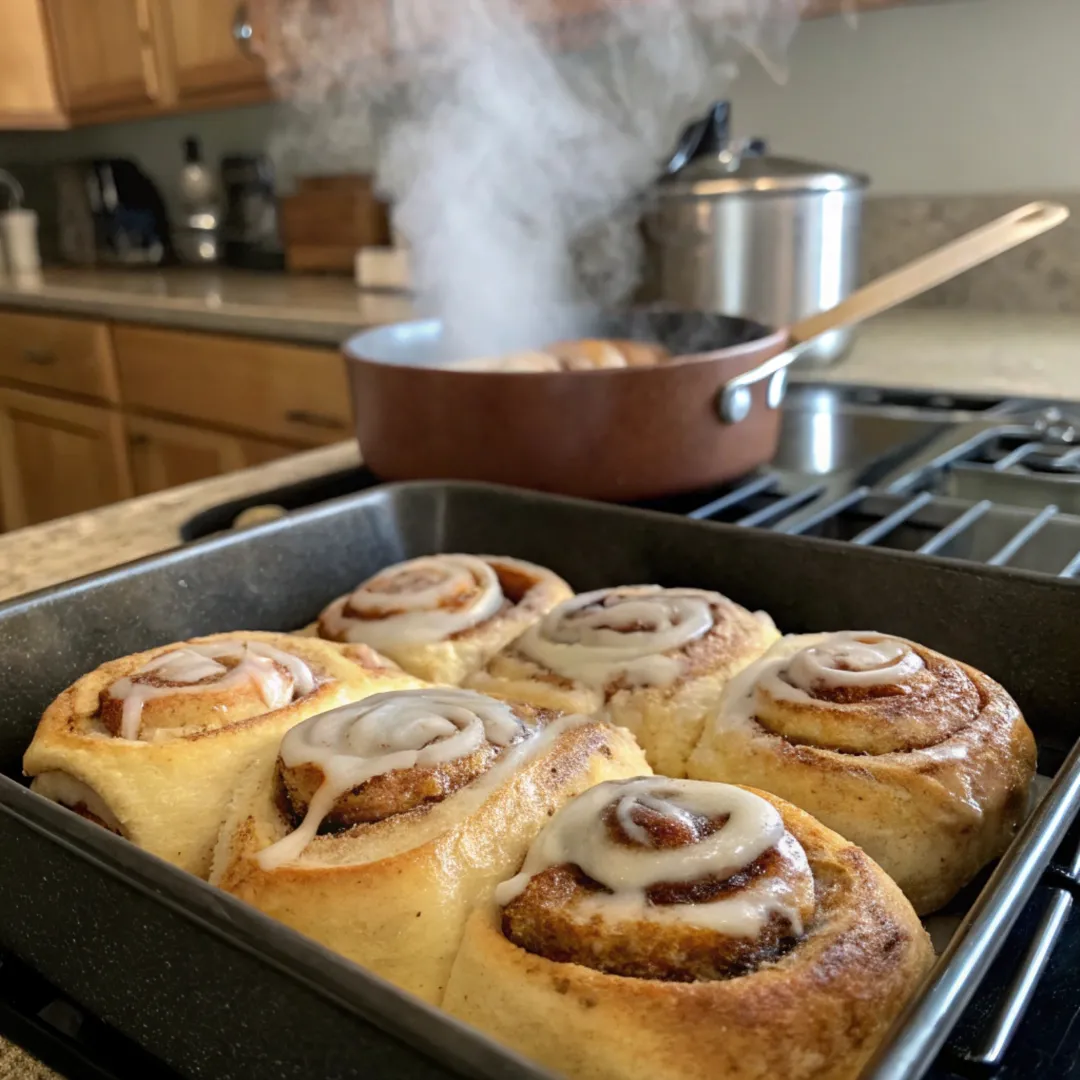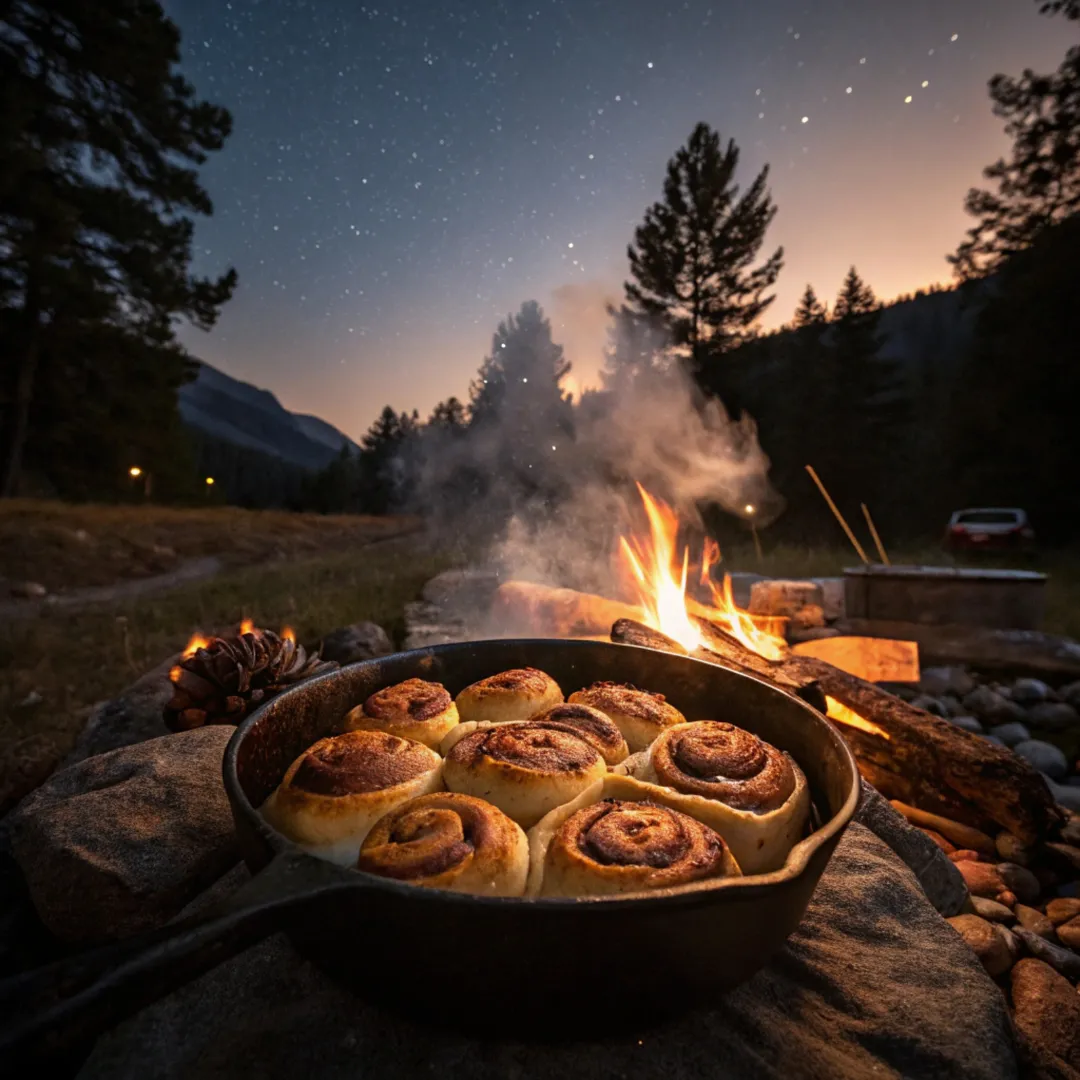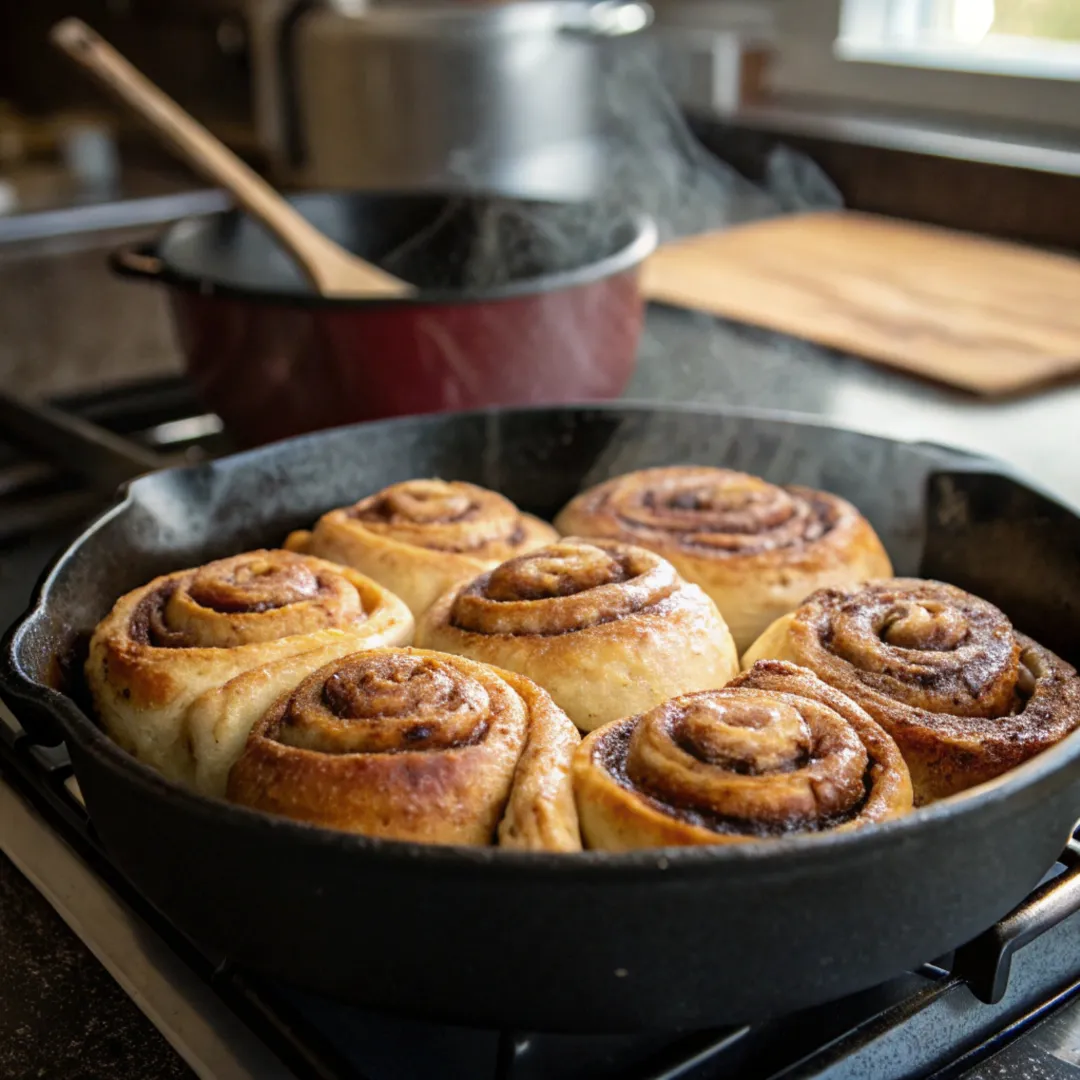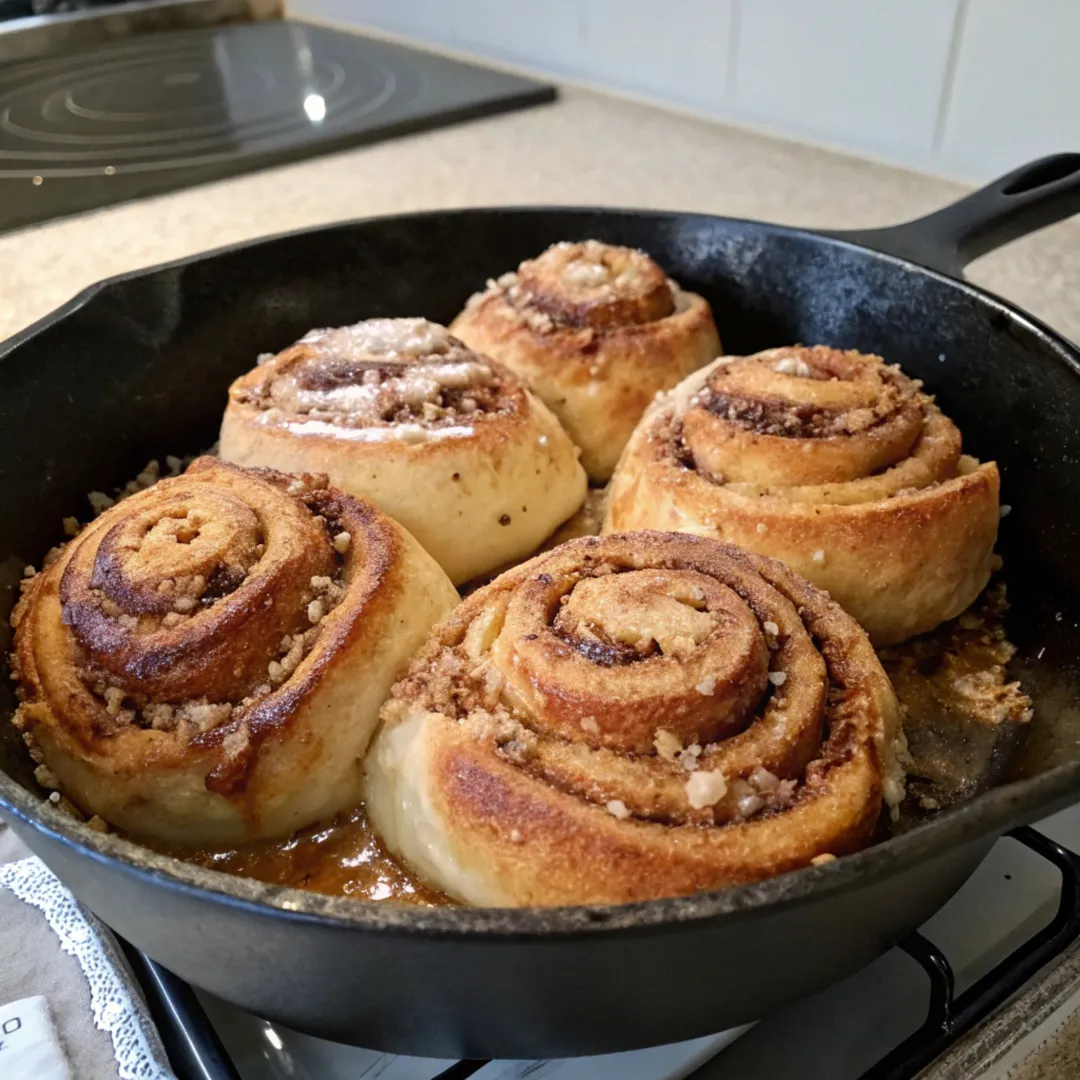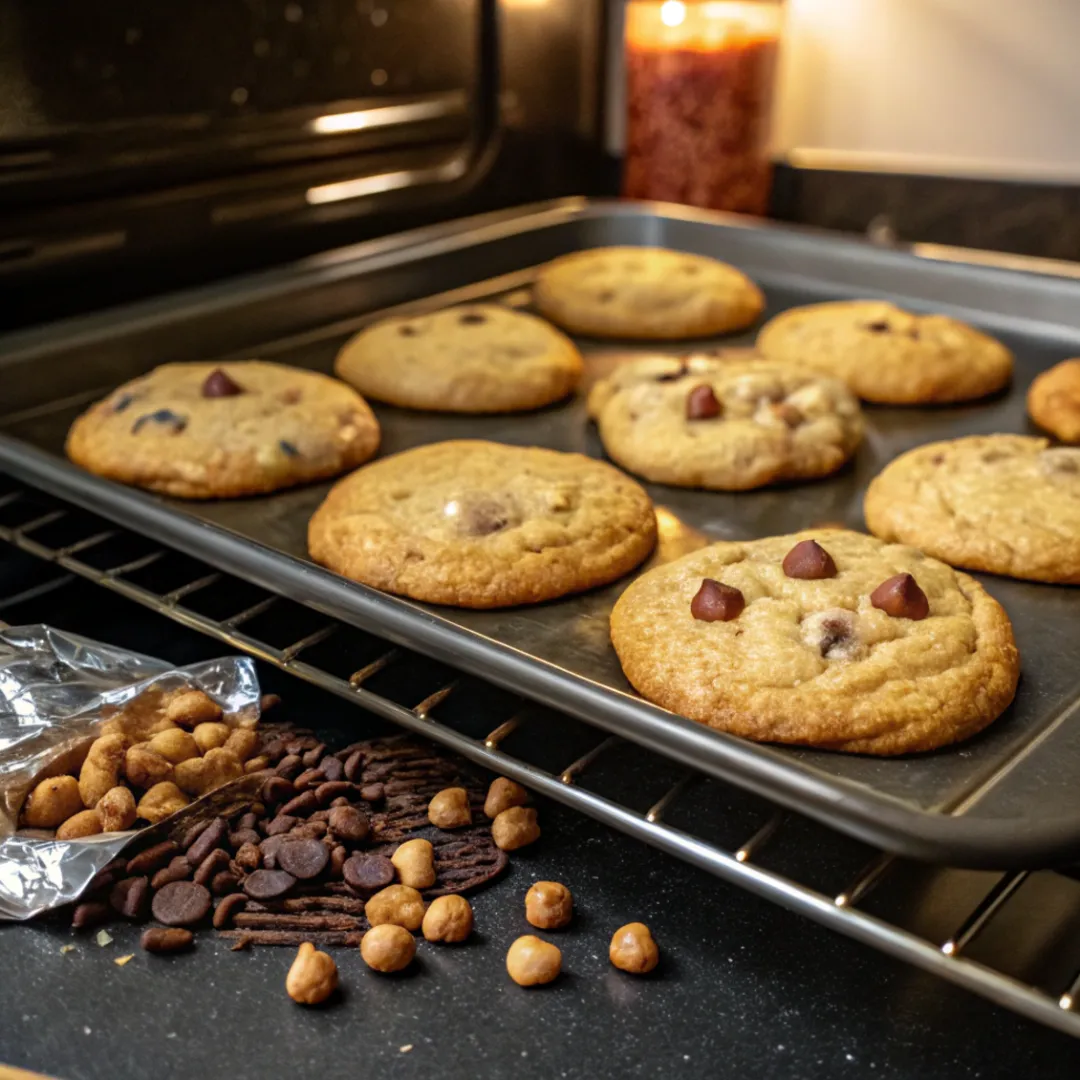
Discover the Secret Ingredients Behind Cowboy Cookies That Make Them Irresistibly Soft
Introduction: Unlocking the Secret to Chewy Cowboy Cookies
Ever bitten into a cookie and thought, “Wow, that’s the perfect chew!”? If so, you’ve probably experienced the magic of a well-made cowboy cookie. These aren’t your average chocolate chip treats—they’re bigger, bolder, and most importantly, chewier. And that brings us to the big question: What makes cookies more chewy?
It’s a question every cookie lover and home baker has asked at some point. Cowboy cookies are the ultimate example of how to get that delightful chew with just the right balance of softness and texture. In this article, we’ll dive deep into what makes cookies more chewy, explore the irresistible makeup of cowboy cookies, and uncover the science and secrets behind their famous texture. Whether you’re baking a batch this weekend or just curious about cookie chemistry, you’re in the right place.
Let’s roll up our sleeves and find out how chewy cowboy cookies became the legends they are today.
1. The Origin of Cowboy Cookies: Where Chewiness Met Bold Flavor
Before answering what makes cookies more chewy, it helps to understand the roots of cowboy cookies. These legendary baked treats first gained popularity in the United States, especially during the mid-20th century when hearty, homemade snacks were the go-to comfort food. Some say cowboy cookies got their name because they were robust enough to fuel hardworking ranchers and cowboys—loaded with energy-rich ingredients that also happened to taste amazing.
The original cowboy cookie wasn’t just a chocolate chip cookie with a twist. It was designed to be a meal in a cookie—packed with oats, chocolate, nuts, and coconut. All these ingredients contributed to not only the flavor but the unforgettable chewy texture. Unlike crisp sugar cookies or crumbly shortbreads, cowboy cookies were meant to be soft and dense with just enough bite to satisfy.
So, when you’re wondering what makes cookies more chewy, think of cowboy cookies as the blueprint. They prove that the right combination of moisture-retaining ingredients, baking techniques, and mix-ins creates the perfect chewy texture. Their legacy isn’t just about flavor—it’s about mastering the balance of chew, crunch, and richness.

2. Core Ingredients: The Foundation of What Makes Cookies More Chewy
Let’s break it down: What makes cookies more chewy at their core? It all begins with the foundation—your base ingredients. Here’s how each one contributes to that satisfying chewiness cowboy cookies are known for.
Butter
Butter is the gold standard in cookies. In cowboy cookies, butter adds richness and moisture. Softened butter, creamed with sugar, traps air that helps lift the dough slightly while baking. But more importantly, it contributes fat, which tenderizes the cookie and keeps it from drying out.
Pro Tip: Use room-temperature butter for better texture. Melted butter can also work for ultra-chewy cookies, but it may result in a denser outcome.
Sugar (Brown and White)
Want to know what makes cookies more chewy from a sweetener standpoint? Brown sugar is your answer. Brown sugar contains molasses, which adds moisture and chew. White sugar, on the other hand, creates crispiness. Cowboy cookies use a balanced combo of both to ensure that soft center and slightly crisp edge.
Eggs
Eggs act as a binding agent and contribute to moisture. More egg yolks than egg whites typically yield a chewier texture, as the yolk adds fat while the white dries things out.
All-Purpose Flour
The type of flour you use matters. All-purpose flour gives cookies structure but still allows for a soft crumb. Over-mixing flour can lead to tough cookies, so fold it in gently once the wet ingredients are mixed.
Baking Soda and Salt
Baking soda promotes spread and gives a slightly tender texture, helping the cookie remain soft. Salt enhances the flavor and balances the sweetness.
Vanilla Extract
While it doesn’t affect chewiness directly, vanilla extract rounds out the flavor profile, making the chewiness all the more enjoyable.
By combining these essentials the right way, you’re well on your way to answering what makes cookies more chewy—it’s all in the foundation.
3. The Signature Mix-ins: Texture Boosters That Make Cookies More Chewy
So far, we’ve covered the base ingredients that answer what makes cookies more chewy, but now it’s time to look at what cowboy cookies do best—layer in amazing textures. Mix-ins like oats, coconut, chocolate, and nuts don’t just enhance flavor; they also contribute to the chew factor in big ways.
Rolled Oats
Cowboy cookies aren’t cowboy cookies without rolled oats. Unlike instant oats, rolled oats retain their shape during baking and absorb moisture beautifully. They add a chewy body to the cookie while still keeping it soft and moist.
Why It Matters: Oats are whole grains that hold onto water. The more moisture retained, the chewier the cookie becomes. They also add to the density, which gives you a satisfying bite every time.
Sweetened Shredded Coconut
Here’s a chewy surprise! Shredded coconut isn’t just about tropical flavor—it’s a powerhouse for texture. The natural oils in coconut add moisture, and when baked into the dough, they create a tender, fibrous chew that complements the oats perfectly.
Fun Fact: Even people who claim not to like coconut often love it in cowboy cookies because of how it enhances chewiness.
Chocolate Chips or Chunks
Melted chocolate brings a gooey center when the cookies are warm. Even after cooling, the chocolate acts as a semi-solid component that contributes to that chewy bite.
Chopped Pecans or Walnuts
Nuts might sound like they’d make cookies crunchier, but they do more than that. They balance textures, provide protein (which interacts with sugars and fats), and slightly slow the baking process due to their mass—this keeps cookies moist inside.
Optional Add-ins: Cinnamon, Raisins, or White Chocolate
Adding spices or alternative chips can change the chew factor subtly. Raisins, for instance, retain moisture and boost chewiness, while cinnamon adds depth and warmth without affecting texture too much.
So if you’re ever wondering again what makes cookies more chewy, remember—it’s not just about dough. The right mix-ins turn a basic cookie into a chewy, flavor-packed bite of magic.

4. Texture and Flavor Profile: The Chewy Cookie Experience
Now let’s bring it all together. Cowboy cookies are known for a very specific experience—a soft, chewy middle with a slightly crispy edge and an explosion of flavors in every bite. But what makes cookies more chewy in terms of texture chemistry?
Moisture Retention is Key
The higher moisture content (from brown sugar, butter, and eggs) gets locked in thanks to the oats and coconut. These ingredients create a cookie that doesn’t dry out, even days after baking.
The Contrast of Textures
Crunchy nuts + gooey chocolate + soft oats = a cookie that keeps you coming back for more. This mix of textures tricks your mouth into enjoying the chewiness even more. It’s not just soft—it’s dynamic.
Baking Time & Temperature
Want to know what makes cookies more chewy in the oven? Underbake slightly. Cowboy cookies are often removed from the oven when the edges are golden and the center still looks a tad undercooked. That center will firm up as it cools, locking in the chewy texture.
Pro Tip: Bake at 350°F (175°C) for 10-12 minutes. Avoid overbaking!
Resting the Dough
Here’s a baker’s secret—rest the dough for 12 to 24 hours. This allows the ingredients to hydrate fully, intensifying both the flavor and the chewy texture.
If chewiness is your goal, cowboy cookies hit the bullseye. Everything from their ingredients to their baking method is designed to answer that age-old question: What makes cookies more chewy?
5. Variations and Customizations: More Ways to Make Cookies Chewy
Once you know the formula, it’s easy to play around. The beauty of cowboy cookies is how flexible they are. You can tweak them based on dietary needs or just for fun, and still maintain that chewiness everyone craves.
Vegan Cowboy Cookies
Want to know what makes cookies more chewy without eggs or butter? Use flax eggs and coconut oil. The natural fats in coconut oil and the binding nature of flaxseed meal keep things moist and chewy. Vegan versions can taste just as decadent with the right substitutions.
Gluten-Free Options
Use almond flour or a gluten-free baking blend. While texture might shift slightly, keeping the oats and coconut ensures your cookies still hit that chewy sweet spot.
Swapping Mix-ins
No pecans? Use almonds or pistachios.
Don’t like coconut? Add dried cranberries or white chocolate chunks.
Want to up the chew? Add chopped dates or figs.
Portion Sizes Matter
Bigger cookies retain more moisture in the middle. Make your cookie dough balls large (¼ cup-sized scoops), and you’ll get that bakery-style chew every time.
So, what makes cookies more chewy even with variations? It’s all about understanding how ingredients affect moisture, texture, and density—and then tweaking the recipe without losing those key elements.
